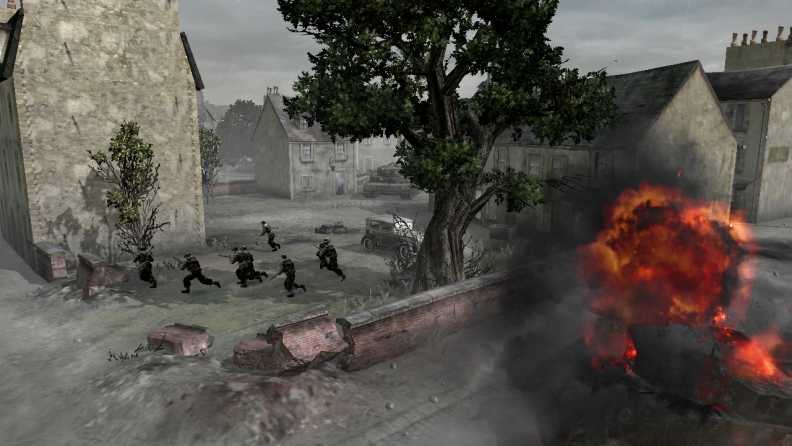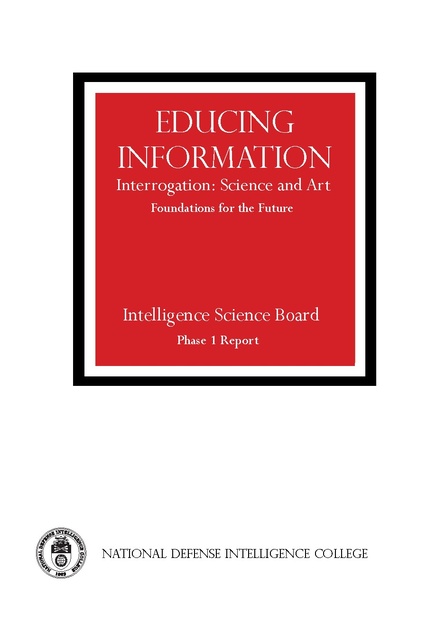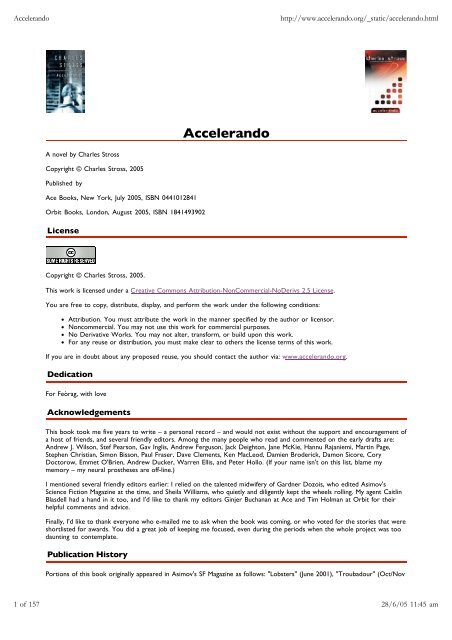

- #Blitzkrieg 3 error code invalid client version install#
- #Blitzkrieg 3 error code invalid client version windows 10#
- #Blitzkrieg 3 error code invalid client version download#
#Blitzkrieg 3 error code invalid client version download#
If the computer is not joined to the domain, it will fail to download content if the Deployment option for slow or unreliable network boundary is set to “Do not download content”. If the computer is not joined to the domain, an application may fail to download unless the Deployment Type has, under the Content tab, the Deployment option for “Select the deployment option to use when a client is within a slow or unreliable network boundary, or when the client uses a fallback source location for content.” is set to “Download content from distribution point and run locally”. Typically, the application is installed successfully (hence the exit code 0) but the detection method is incorrectly configured (for example, there is a typo in the file path or registry key used as the detection rule).Įrror reported in smsts.log (on 2012 RTM/SP1 clients):Įxecution status received: 24 (Application download failed ) This is most commonly caused by a mismatch between detection method and what is actually happening during the installation. The application installer (in our case, the wrapper.vbs) did not error out, but the detection method could not confirm that the application installed successfully.
#Blitzkrieg 3 error code invalid client version install#
Installation job completed with exit code 0x00000000Įxecution status received: 4 (Application failed to install ) The application in SCCM was not marked for dynamic app install, but is being installed as part of a dynamic variable list during the task sequence (the “Install applications according to dynamic variable list” option is selected in the Install Application step).Įdit the application’s properties and check the box labeled “Allow this application to be installed from the Installation Application task sequence action without being deployed”. Process completed with exit code 2147500037įailed to run the action: Install Secondary Applications. Successfully cleared App model names from TS env.ĭaInstaller.Execute(), HRESULT=80004005 (e:\nts_sccm_release\sms\client\osdeployment\installapplication\main.cpp,260) Make sure the application is marked for dynamic app installĭaUtil.DownloadPolicies(), HRESULT=80004005 (e:\nts_sccm_release\sms\client\osdeployment\installapplication\dainstaller.cpp,296) M_mapAppPolicies.find(sAppName) != m_mapAppPolicies.end(), HRESULT=80004005 (e:\nts_sccm_release\sms\client\osdeployment\installapplication\dautils.cpp,478)Īpp policy for 'Microsoft User Experience Virtualization (UE-V) 2.1 SP1 Generator' not received. (Note the extra HKLM at the beginning of the path.)Įdit the Detection Method for the application to correct an invalid rule. The application may install successfully, but the detection rule cannot be evaluated successfully because it is illogical or invalid.įor example, if a registry key/value is used as the rule, the rule might be misconfigured to look for a key at “HKLM\SOFTWARE\VedderPrice\Windows 10 Default File Associations” in the HKLM hive, instead of “SOFTWARE\VedderPrice\Windows 10 Default File Associations” in the HKLM hive. It suggests that the error is not with the application itself but with the data about the application. Note that in this error, the non-zero exit code line immediately follows the “… evaluate app policies” line. There is a logical error or typo in the detection method. Unspecified error (Error: 80004005 Source: Windows)
#Blitzkrieg 3 error code invalid client version windows 10#
!-!įailed to run the action: VP Windows 10 Default File Association. Process completed with exit code 2147500037 TSManager Invoking App Management SDK to evaluate app polices InstallApplication It’s my hope that this post can help other ConfigMgr administrators find resolutions to their problems. In this post, I’ve assembled a few errors that I’ve personally encountered, along with my analysis of the cause.

But often the error is logged as “Unspecified error (Error: 80004005 Source: Windows)”, which requires further investigation.

Sometimes the error is descriptive and it’s possible to quickly identify the cause of the failure. When an SCCM task sequence fails, errors are written to the smsts.log file. A resource for troubleshooting System Center Configuration Manager (Current Branch) and System Center 2012 Configuration Manager Task Sequence failures through analysis of errors reported in the smsts.log file.


 0 kommentar(er)
0 kommentar(er)
